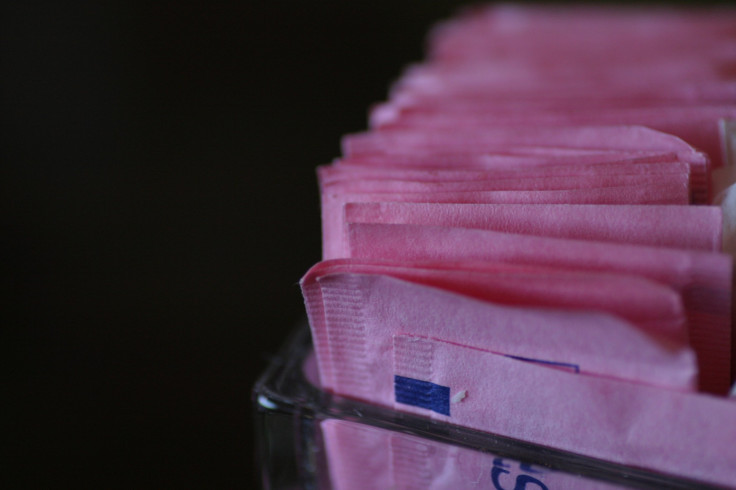Artificial Sweeteners Are Sprinkled In Thousands Of Food Items; How Do They Impact Our Health?

They’re one of the most widely used food additives in the world, and researchers are just now understanding the part these little crystals play in our health and obesity crisis. Artificial sweeteners are sugar copycats made in a lab and can be sprinkled into nearly anything. They’re originally made from natural substances and are in most instances sweeter rather than sugar. The draw-in is they have little to no sugar, which is why they’re found ubiquitously throughout the grocery store, in everything from processed foods, soft drinks, candy, to canned foods, jams, and jellies. Their colorful little packets neatly aligned in small boxes have become a staple in so many American lives, hanging around coffee counters in shops and tea cabinets in your home.
In October, a study was published in the journal Nature, which found they don’t just taste sweeter to our taste buds, but they’re also changing our guts. Microbes regulate the immune and digestive system. The ones living in the gut generally operate efficiently, but altered slightly every time we eat. If they’re totally thrown off balance with a fake substance, such as artificial sweeteners, problems could ensue.
Researchers found when mice were given a regular dose of water spiked with the artificial sweetener saccharin, over time mice developed glucose intolerance, which is one of the first stages in type 2 diabetes. Not only that, but when they took a closer look, they found their guts had completely different microbiomes compared to the mice who just drank water. When researchers tried it again, they replaced saccharin with aspartame and found the same increased risk of glucose intolerance.
4 Sugar Substitutes That’ll Try To Trick Your Taste Buds
4. Labeled under the brand name Equal, aspartame may be one of the greatest offenders of sugar substitutes, considering it’s the most popular. It was accidentally discovered by scientists while they were trying to create an anti-ulcer drug. It’s an artificial sweetener and mimics the chemical structure of sugar so closely it can sometimes trick people into thinking their diet soda is the real thing. Approximately 20 percent of the U.S. drinks diet soda on a regular basis, starting as young as 2 years old, according to the Centers for Disease Control and Prevention.
3. Saccharin, widely-known by its brand name Sweet’N Low, is 200 to 700 times sweeter than regular sugar. It’s completely unstable when it’s heated, but it doesn’t change its chemical structure when its mixed with other foods. The fact that it’s calorie-free led to its popularity increase in the 1960s and 70s and is still frequently found in diet soda today. By 1981, Congress required warning labels on the pink packages after researchers found it could cause bladder cancer. The warning has since been removed from lack of evidence in human experiments.
2. Splenda is another popular packet, but because it’s not sensitive to heat it’s often used for baking. It’s one of the biggest artificial sweeteners on the market today and is primarily made up of sucralose. Sucralose is 600 times sweeter than sugar, also known as sucrose. It’s used anywhere from candy to breakfast bars and soft drinks, and even canned fruit.
1. Truvia is one of the newest substitutes on the market, but this one’s actually natural. Its sweetness was extracted from the leaves of a stevia plant and approved by the FDA in 2008. Splenda has seen a drop in its sales since 2009, which can be attributed to the success stevia has had in the baking market. It’s 400 times sweeter and the taste lingers longer than sugar. However, the onset of sweetness takes longer.
Published by Medicaldaily.com



























